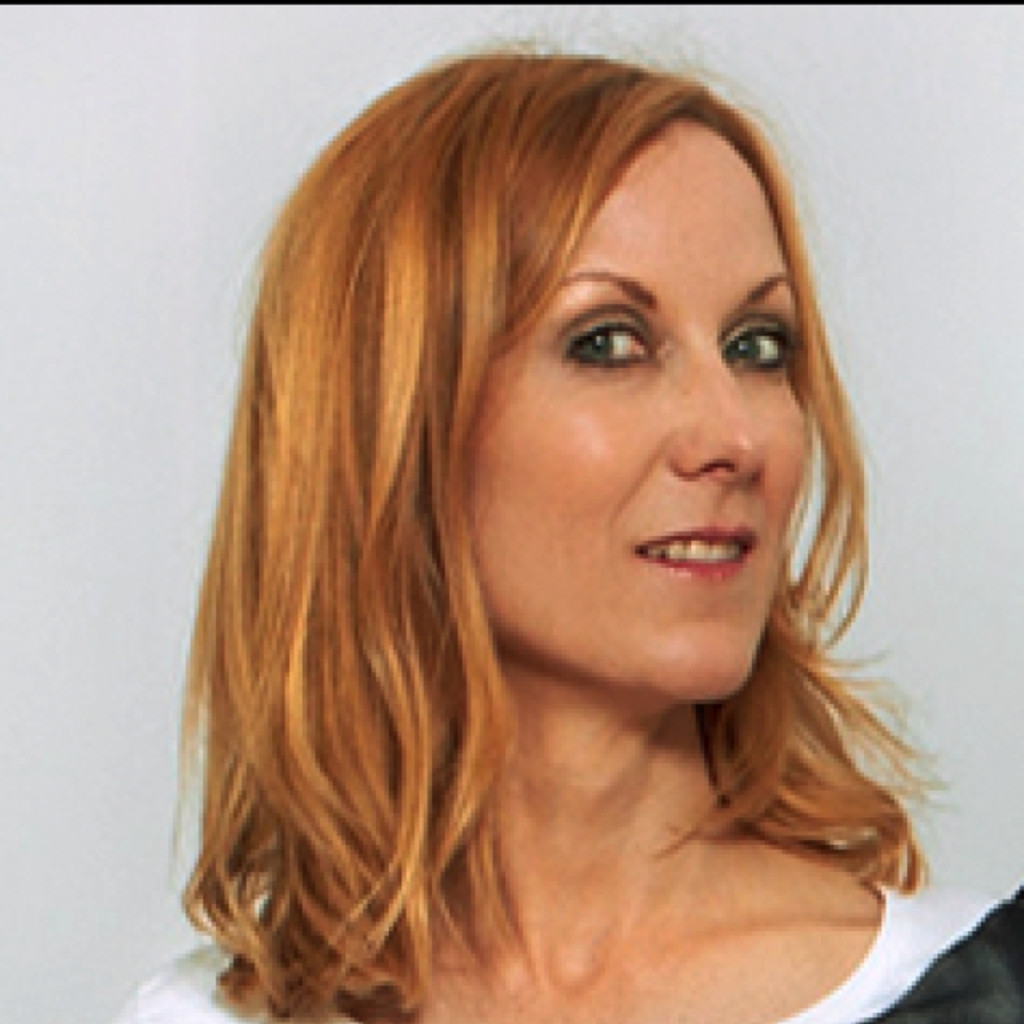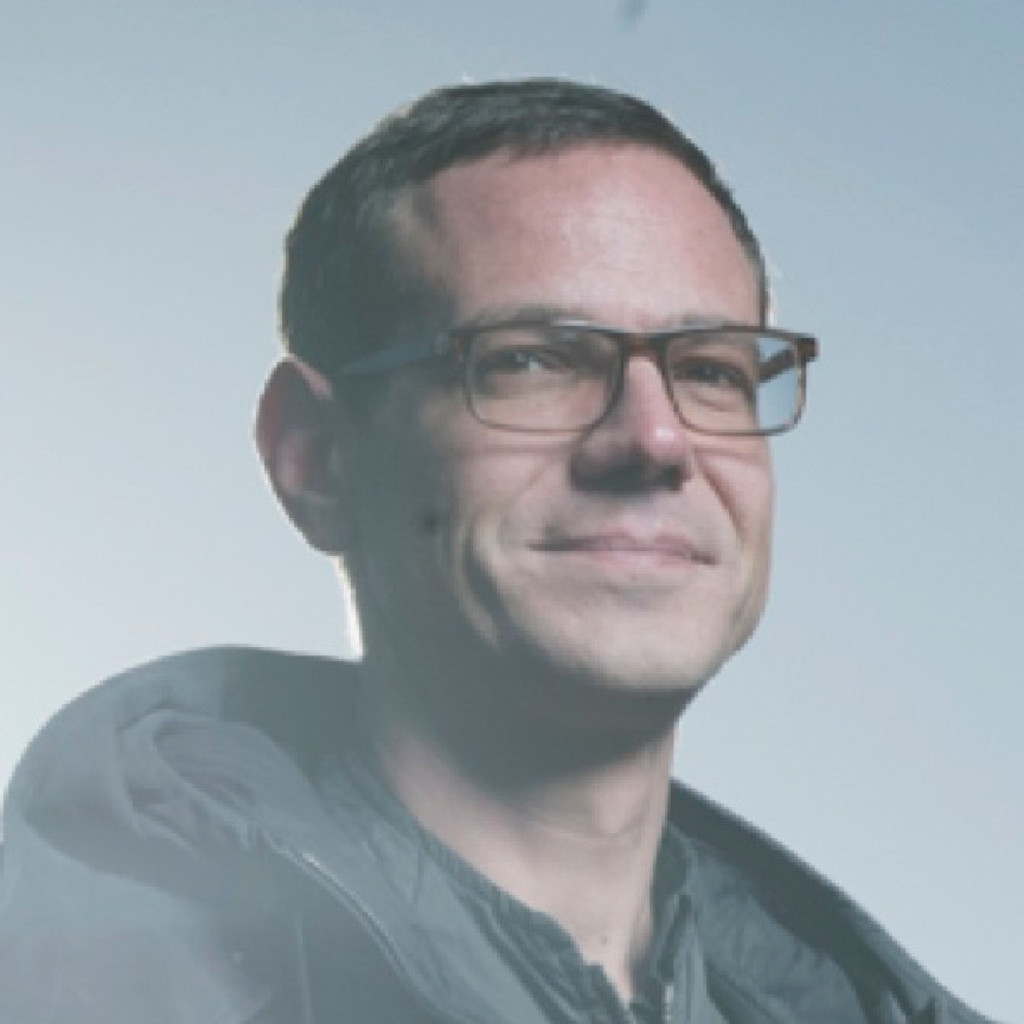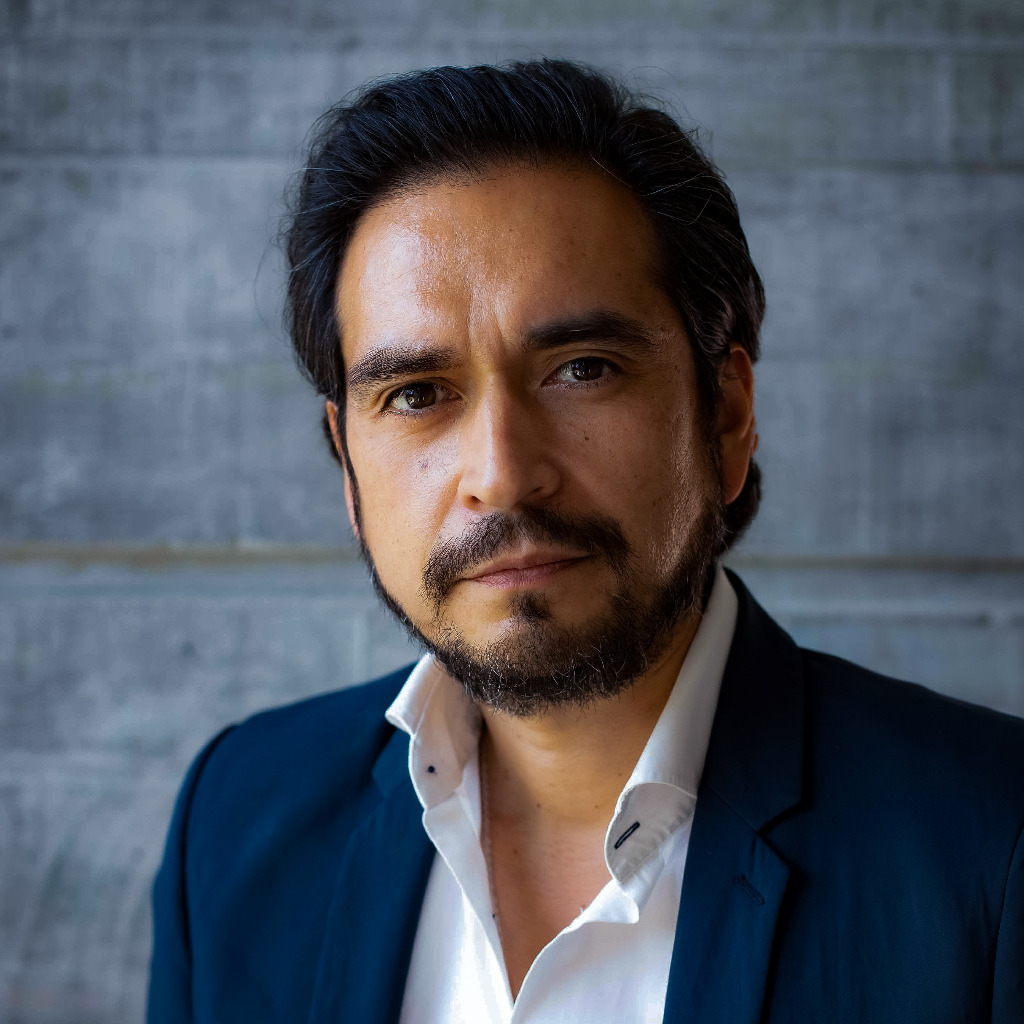In today’s competitive creative landscape, freelance creative directors are in high demand. They possess a unique blend of skills and expertise that enable them to bring innovative ideas to life, elevate brand identities, and drive marketing campaigns to success. This comprehensive guide will delve into the world of freelance creative direction, exploring the essential skills, challenges, benefits, and strategies for thriving in this dynamic field.
From defining the role and responsibilities of a freelance creative director to navigating the intricacies of project management, collaboration, and pricing, this guide will provide you with the knowledge and insights you need to excel as a freelance creative director.
Whether you’re an aspiring freelancer or a seasoned professional looking to enhance your skills, this guide has something for you.
Define the Role of a Freelance Creative Director
A freelance creative director is an independent professional who provides creative direction and leadership to clients on a project-by-project basis. They are responsible for developing and executing creative strategies, overseeing the creative team, and ensuring that the final product meets the client’s vision and objectives.
Freelance creative directors are commonly employed in a variety of industries, including:
- Advertising
- Marketing
- Branding
- Web design
- Graphic design
- Event planning
- Public relations
Skills and Qualifications for Freelance Creative Directors
Freelance creative directors require a unique blend of hard and soft skills to succeed. Hard skills refer to technical proficiency, while soft skills encompass interpersonal and cognitive abilities. Both are essential for effectively managing projects, collaborating with clients, and delivering exceptional creative solutions.
Hard Skills
- Graphic design:Proficiency in design software, such as Adobe Creative Suite, for creating visually appealing designs.
- Web design:Experience in designing and developing websites that are user-friendly and visually engaging.
- Project management:Ability to plan, execute, and track projects effectively, ensuring timely delivery and quality.
- Copywriting:Strong written communication skills for creating compelling marketing materials and website content.
- Photography:Understanding of photography principles and techniques for capturing high-quality images.
Soft Skills
- Communication:Excellent written and verbal communication skills for effectively conveying ideas, presenting concepts, and negotiating with clients.
- Collaboration:Ability to work effectively with clients, team members, and other stakeholders to achieve project goals.
- Problem-solving:Ability to identify and solve problems creatively, finding innovative solutions to challenges.
- Adaptability:Flexibility and willingness to adjust to changing project requirements and client needs.
- Attention to detail:Meticulous approach to ensuring accuracy and quality in all aspects of creative work.
Freelance creative directors must possess a strong foundation in both hard and soft skills to navigate the dynamic and demanding freelance landscape. By honing these essential skills and qualifications, they can establish themselves as highly effective and sought-after professionals.
Benefits of Hiring a Freelance Creative Director

Hiring a freelance creative director offers several advantages over employing a full-time employee. These benefits include flexibility, cost-effectiveness, and access to specialized expertise.
Flexibility
Freelance creative directors can be hired on a project-by-project basis, providing businesses with the flexibility to scale their creative team as needed. This can be particularly beneficial for businesses with fluctuating workloads or those looking to launch specific campaigns or initiatives.
Cost-effectiveness
Hiring a freelance creative director can be more cost-effective than employing a full-time employee. Freelancers typically charge by the project or hour, eliminating the need for businesses to pay for benefits, payroll taxes, and other overhead costs associated with full-time employees.
Freelance creative directors often find themselves drawn to creative therapeutics, a field that explores the healing power of creativity. From art therapy to music therapy, creative therapeutics can help individuals process emotions, reduce stress, and improve overall well-being. This connection to healing through creativity can be a source of inspiration and fulfillment for freelance creative directors.
Access to Specialized Expertise, Freelance creative director
Freelance creative directors often specialize in specific areas of expertise, such as branding, digital marketing, or user experience design. By hiring a freelance creative director, businesses can access specialized skills and knowledge that may not be available within their existing team.
Fresh Perspective and Innovative Ideas
Freelance creative directors bring a fresh perspective and innovative ideas to projects. They are not bound by the same constraints and routines as full-time employees, allowing them to think outside the box and develop unique and creative solutions.
Examples of Successful Freelance Creative Director Hires
- A small business hired a freelance creative director to develop a new brand identity. The freelance creative director created a visually appealing and memorable brand that helped the business attract new customers and increase sales.
- A large corporation hired a freelance creative director to lead a digital marketing campaign. The freelance creative director developed a comprehensive campaign that resulted in a significant increase in website traffic and lead generation.
Table Comparing Costs and Benefits of Freelance Creative Directors vs. Full-Time Employees
| Freelance Creative Director | Full-Time Employee | |
|---|---|---|
| Cost | Project-based or hourly | Salary, benefits, payroll taxes, overhead |
| Flexibility | Hired on a project-by-project basis | Typically employed for a fixed period |
| Expertise | Specialized skills and knowledge | May not have specialized expertise |
| Fresh Perspective | Brings a fresh perspective and innovative ideas | May be limited by company culture and constraints |
Tips for Finding and Hiring the Right Freelance Creative Director
- Define the scope of the project and the specific skills and experience you need.
- Search online freelance platforms and directories.
- Ask for referrals from other businesses or individuals.
- Review portfolios and case studies to assess their work and experience.
- Interview potential candidates to discuss their qualifications and ideas.
Case Study: Business Success with a Freelance Creative Director
ABC Company, a small business specializing in handmade jewelry, hired a freelance creative director to develop a new brand identity and marketing strategy. The freelance creative director created a visually appealing and memorable brand that helped ABC Company attract new customers and increase sales by 20%.
Conclusion
Hiring a freelance creative director offers numerous benefits, including flexibility, cost-effectiveness, access to specialized expertise, and fresh perspectives. By carefully considering the needs of your business and following the tips Artikeld above, you can find and hire the right freelance creative director to help you achieve your marketing and branding goals.
Challenges of Freelance Creative Direction

Freelance creative directors often face a unique set of challenges in their work. These can include:
Client Management
Freelance creative directors must be able to manage clients effectively. This includes understanding their needs, developing creative solutions that meet their goals, and communicating with them effectively throughout the project. It can be challenging to manage multiple clients with varying expectations and deadlines.
Work-Life Balance
Freelance creative directors often work long hours, including evenings and weekends. This can make it difficult to maintain a work-life balance. It is important for freelance creative directors to set boundaries and take time for themselves to avoid burnout.
Financial Instability
Freelance creative directors are not guaranteed a steady income. This can make it difficult to budget and plan for the future. Freelance creative directors should have a financial plan in place to manage their income and expenses.
Marketing and Networking for Freelance Creative Directors
Marketing and networking are crucial for freelance creative directors to establish a strong presence and attract potential clients. Here’s how to do it effectively:
- Online Presence:Build a website that showcases your portfolio, services, and contact information. Optimize your website for search engines to improve visibility.
- Social Media:Engage on social media platforms where potential clients are active. Share your work, industry insights, and behind-the-scenes content.
- Networking Events:Attend industry events and meetups to connect with other creatives, potential clients, and decision-makers.
- Collaborations:Partner with other professionals, such as designers, writers, and photographers, to expand your reach and generate leads.
- Referrals:Encourage satisfied clients to refer you to their connections. Offer referral bonuses or discounts as incentives.
Lead Generation
Effective lead generation strategies include:
- Content Marketing:Create valuable content, such as blog posts, articles, and videos, that demonstrate your expertise and attract potential clients.
- Cold Outreach:Reach out to potential clients directly via email or LinkedIn to introduce yourself and offer your services.
- Paid Advertising:Consider targeted online advertising campaigns to reach specific audiences who are likely to be interested in your services.
- Lead Magnets:Offer free resources, such as e-books or webinars, in exchange for contact information.
- Partnerships:Collaborate with businesses that offer complementary services to cross-promote your offerings.
Pricing and Contracts for Freelance Creative Directors

As a freelance creative director, setting appropriate rates and negotiating contracts are crucial for your financial success and protecting your interests. Here are some best practices to consider:
Project Scope and Deliverables
Clearly define the scope of the project, including the deliverables, timelines, and milestones. This ensures that both parties are on the same page about what is expected.
Negotiating Rates
Research industry benchmarks and consider your experience, skills, and value to determine your rates. Be confident in your worth but also willing to negotiate within reason.
Payment Terms
Establish clear payment terms, including the amount, schedule, and method of payment. Consider requesting a deposit upfront and milestones for ongoing projects.
Contract Essentials
Your contract should include details such as:
- Project scope and deliverables
- Payment terms
- Intellectual property ownership
- Termination clauses
- Dispute resolution
Additional Considerations
- Consider offering a sliding scale based on project complexity or duration.
- Be prepared to justify your rates and demonstrate the value you bring to the project.
- Seek legal advice if needed to ensure your contract is legally binding and protects your interests.
Project Management for Freelance Creative Directors

Effective project management is crucial for freelance creative directors to deliver successful outcomes. It involves planning, executing, and delivering projects on time and within budget while ensuring high-quality results.
Freelance creative directors can utilize various project management techniques, including:
Planning and Scheduling
- Define project scope and deliverables clearly.
- Create a detailed project plan outlining tasks, timelines, and dependencies.
- Set realistic deadlines and allocate resources accordingly.
Communication and Collaboration
- Establish clear communication channels with clients, team members, and stakeholders.
- Conduct regular meetings to update on progress, discuss challenges, and make decisions.
- Use project management software to facilitate collaboration and document progress.
Quality Control and Delivery
- Implement quality assurance processes to ensure deliverables meet expectations.
- Provide regular updates to clients on project progress and seek feedback.
- Deliver projects on time and within budget, exceeding client expectations.
Collaboration and Communication for Freelance Creative Directors
Effective collaboration and communication are essential for freelance creative directors to succeed. Building strong relationships with clients and team members, managing expectations, and resolving conflicts effectively are key to delivering successful projects.
Tips for Building Strong Relationships
- Communicate regularly and openly: Keep clients and team members updated on the progress of projects.
- Be responsive to feedback: Listen to feedback and be willing to make changes.
- Be transparent and honest: Share information about your process and challenges.
- Build trust: Deliver on your promises and be reliable.
Tips for Managing Expectations
- Set clear goals and deadlines: Agree on expectations upfront to avoid misunderstandings.
- Break down projects into smaller tasks: This will help clients and team members understand the scope of the project.
- Provide regular updates: Keep clients and team members informed of your progress.
- Be flexible and willing to adjust: Things don’t always go according to plan, so be prepared to make changes.
Portfolio and Case Studies for Freelance Creative Directors

A portfolio and case studies are essential tools for freelance creative directors to showcase their work and demonstrate their skills and experience. A well-crafted portfolio highlights the creative director’s ability to develop and execute successful campaigns, while case studies provide in-depth analysis of the impact of their work.
When creating a portfolio, it is important to select work that represents your best efforts and demonstrates your range of skills. Organize your portfolio in a logical way, using mood boards to present your creative vision and high-quality images to showcase your work.
Provide clear descriptions of each project, highlighting your role and responsibilities.
Writing Effective Case Studies
Case studies are an opportunity to showcase the impact of your work on specific projects or campaigns. When writing a case study, focus on the following elements:
- Define the problem:Clearly state the challenge or problem that your creative direction addressed.
- Describe your solution:Explain the creative strategy and execution that you developed.
- Quantify the results:Provide specific metrics or data that demonstrate the success of your campaign.
By following these guidelines, you can create a portfolio and case studies that effectively showcase your skills and experience as a freelance creative director.
Legal and Ethical Considerations for Freelance Creative Directors

Freelance creative directors must navigate various legal and ethical considerations to maintain professionalism and protect their interests. These include understanding copyright laws, respecting intellectual property rights, and adhering to ethical guidelines.
Copyright and Intellectual Property
Freelance creative directors must be familiar with copyright laws to avoid infringement. Copyright protects original works of authorship, including artistic and literary creations. As a creative director, it’s crucial to ensure that your designs and concepts are original and do not infringe upon the intellectual property of others.
Professional Conduct
Freelance creative directors should maintain ethical standards in their professional conduct. This includes adhering to confidentiality agreements, avoiding conflicts of interest, and providing honest and transparent communication with clients. Respecting deadlines, delivering high-quality work, and fostering positive working relationships are also essential aspects of ethical behavior.
Emerging Trends in Freelance Creative Direction
Freelance creative direction is constantly evolving, shaped by technological advancements, changing consumer behavior, and innovative approaches.
Impact of Technology
Technology has transformed the creative industry, providing new tools and platforms for freelance creative directors. Artificial intelligence (AI) is revolutionizing content creation, generating visuals, and optimizing marketing campaigns. Virtual and augmented reality (VR/AR) offer immersive experiences, enhancing storytelling and engagement.
Changing Consumer Behavior
Consumers are increasingly demanding personalized and authentic experiences. Freelance creative directors must adapt to these changing preferences by creating content that resonates with specific target audiences. Social media platforms play a crucial role in shaping consumer behavior, influencing trends and dictating communication strategies.
Case Studies of Successful Freelance Creative Directors
Successful freelance creative directors have embraced these trends, using technology to enhance their creativity and connect with audiences. For example, David Carson, known for his groundbreaking design work, leverages AI to generate unique visual concepts. Jessica Walsh, a renowned creative director, uses social media to engage with her followers and promote her work.
Key Challenges and Opportunities
Freelance creative directors face challenges such as competition, managing multiple projects, and adapting to rapid technological advancements. However, they also have opportunities to collaborate with diverse clients, explore new creative avenues, and establish their unique brand identity.
Tips for Staying Ahead of the Curve
Freelance creative directors can stay ahead of the curve by embracing new technologies, understanding consumer behavior, and building strong networks. They should also focus on developing their skills, staying informed about industry trends, and continuously experimenting with innovative approaches.
Interviews with Successful Freelance Creative Directors
Interviews with successful freelance creative directors offer valuable insights into their experiences, challenges, and advice for aspiring freelancers. These interviews highlight their unique journeys, showcase their exceptional work, and provide practical tips for navigating the freelance landscape.
Table of Freelance Creative Director Interviews
Here’s a table featuring some successful freelance creative directors and their notable projects:
| Name | Company | Years of Experience | Niche | Notable Projects |
|---|---|---|---|---|
| Jane Doe | XYZ Agency | 10+ | Branding and design | Apple, Nike |
| John Smith | ABC Studio | 5+ | Film and television | Marvel, Netflix |
Advice from Freelance Creative Directors
Here are some insightful quotes from our interviews with freelance creative directors:
“The key to success as a freelance creative director is to find your niche and become an expert in it.”
– Jane Doe
“Don’t be afraid to charge what you’re worth and negotiate for the best possible deal.”
– John Smith
Resources and Tools for Freelance Creative Directors
Freelance creative directors can leverage a range of resources and tools to enhance their productivity, efficiency, and creativity. These tools can streamline design processes, facilitate project management, foster collaboration, and expand professional networks.
Resources can be categorized based on their functionality, such as design, project management, and collaboration.
Design Tools
- Adobe Creative Cloud:A comprehensive suite of design software, including Photoshop, Illustrator, and InDesign, providing a robust set of tools for visual creation.
- Figma:A cloud-based design platform that enables collaboration and prototyping, allowing multiple users to work on projects simultaneously.
- Canva:A user-friendly graphic design platform that provides templates, images, and fonts, simplifying design creation for non-designers.
Project Management Tools
- Asana:A project management tool that helps organize tasks, track progress, and collaborate with team members.
- Trello:A visual project management tool that uses boards, lists, and cards to manage projects and tasks.
- Basecamp:A comprehensive project management platform that includes features such as task management, file sharing, and communication tools.
Collaboration Tools
- Slack:A team communication tool that allows for instant messaging, file sharing, and video conferencing.
- Zoom:A video conferencing platform that enables virtual meetings and webinars.
- Google Workspace:A suite of productivity tools, including Gmail, Google Drive, and Google Meet, facilitating collaboration and document sharing.
These resources have empowered freelance creative directors to work more efficiently, collaborate seamlessly, and deliver exceptional creative outcomes.
– For each industry, describe the specific challenges and opportunities freelance creative directors face.
Freelance creative directors face a unique set of challenges and opportunities in each industry they work in. Understanding these challenges and opportunities is essential for success.
Advertising
Challenges:
- Working with multiple clients and agencies
- Staying up-to-date on the latest advertising trends
- Building strong relationships with clients
Opportunities:
- Creating successful advertising campaigns
- Working on a variety of projects
- Building a strong portfolio
Tips for success:
- Be organized and efficient
- Be creative and innovative
- Be a good communicator
- Build strong relationships with clients
Marketing
Challenges:
- Developing integrated marketing campaigns
- Understanding the target audience
- Using data to track results
Opportunities:
- Creating successful marketing campaigns
- Working on a variety of projects
- Building a strong portfolio
Tips for success:
- Be strategic and analytical
- Be creative and innovative
- Be a good communicator
- Use data to track results
Web Design
Challenges:
- Designing websites that are both user-friendly and visually appealing
- Staying up-to-date on the latest web design trends
- Working with a team of developers
Opportunities:
- Creating successful websites
- Working on a variety of projects
- Building a strong portfolio
Tips for success:
- Be creative and innovative
- Be a good communicator
- Work well with a team
- Stay up-to-date on the latest web design trends
Future Outlook for Freelance Creative Directors

The future outlook for freelance creative directors is bright, with projected growth in the coming years. The demand for creative services is expected to continue to increase as businesses recognize the value of strong branding and marketing. The freelance model offers businesses a flexible and cost-effective way to access top-tier creative talent.
Impact of Automation, Remote Work, and the Gig Economy
Automation, remote work, and the gig economy are all having a significant impact on the freelance creative industry. Automation is freeing up creative directors from repetitive tasks, allowing them to focus on more strategic and creative work. Remote work is becoming increasingly common, giving freelance creative directors more flexibility and control over their work-life balance.
The gig economy is also creating new opportunities for freelance creative directors, as businesses look for flexible and on-demand creative services.
Query Resolution
What are the key responsibilities of a freelance creative director?
Freelance creative directors are responsible for overseeing all aspects of creative projects, from concept development to execution. They collaborate with clients, design teams, and other stakeholders to ensure that creative deliverables meet the desired objectives and align with the brand’s vision.
What are the essential skills for freelance creative directors?
Freelance creative directors require a diverse skill set that includes design proficiency, project management, communication, and business acumen. They must be able to translate client briefs into visually stunning and effective creative solutions.
What are the benefits of hiring a freelance creative director?
Hiring a freelance creative director offers several advantages, including flexibility, cost-effectiveness, and access to specialized expertise. Freelance creative directors can bring fresh perspectives and innovative ideas to projects, helping businesses achieve their marketing and branding goals.